Generators used to consider the Australian National Electricity Market (NEM) FCAS causers pays factors (CPF), used to allocate FCAS regulation costs across the market, as an obscure and unimportant technically challenging curiosity. Since 2014, the cost of FCAS regulation services for generators has increased from just under $5 million per year to greater than $60 million for 2016 and now has the attention of all of the generators, especially if their portfolio includes generation assets in regions with a lack of FCAS regulation providers and high prices such as South Australia.
This article will attempt to simply explain how FCAS causer pays factors are calculated and the issues that arise from the present AEMO formulation, especially for wind and solar farms.
Background and Intent of Regulation Services
The way that CPFs are presently calculated was formulated when the FCAS markets for raise, lower and regulation services were introduced into the NEM as an interim solution that has been largely unchanged since its inception in 2001 before there were any wind or solar farms operating in the market.
For a dispatched generator, such as coal, gas or hydro plant, the CPF formulation measures how much each dispatched unit in the NEM varied from the dispatch target that AEMO determined from the dispatch process, by calculating the difference between a unit’s generation and a straight line drawn between two successive dispatch targets (TOTALCLEARED values) every 4 seconds and averaged over the 5 min dispatch interval [AEMO 2]. The reasoning behind calculating a CPF based on deviations is that a unit should generate to the dispatch target determined by the AEMO dispatch process and any deviation from that target must be made up by FCAS regulation services, hence the “causer pays” part of the CPF moniker.
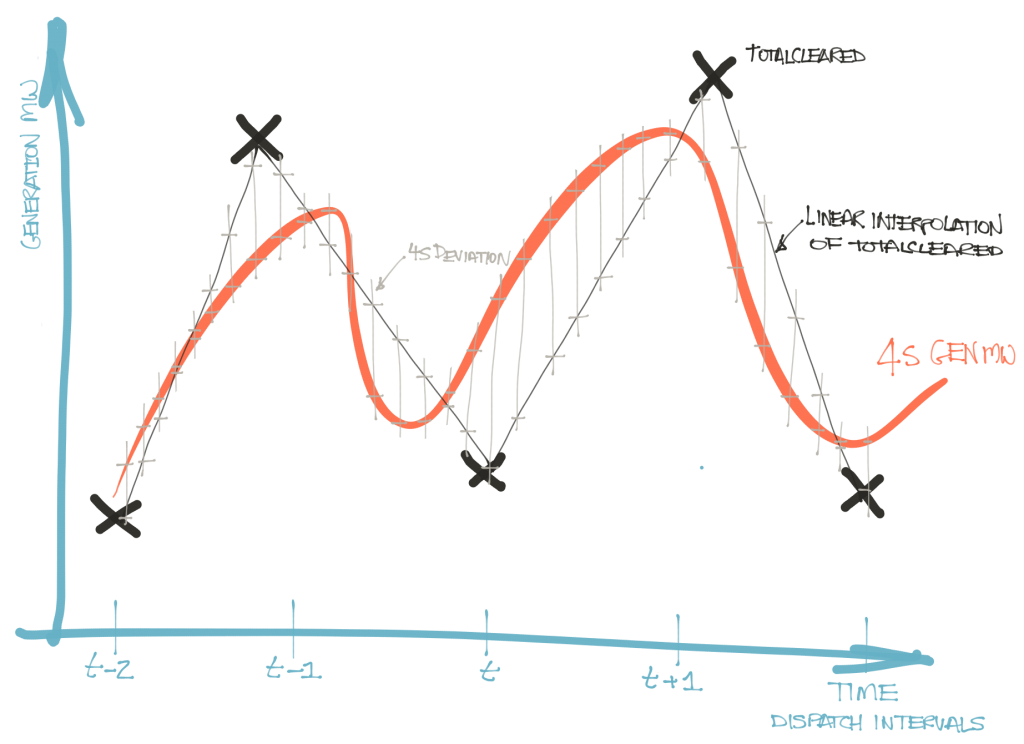
Figure 1 – 4 second causer pays deviations example
Each of the 4 second deviations are multiplied by an FI factor that is calculated by summing all of enabled levels of FCAS regulation for all units supplying FCAS regulation for either the mainland or Tasmanian regions. The sign of the FI factor and the sign of the deviation means that if the 4 second FI factor is positive when other units are supplying raise services and the generator has a positive 4 second deviation then the CPF will be positive as the unit’s generation is assisting to stabilize the system frequency. Conversely if the FI factor and the deviation are opposite signs then the CPF is negative as the unit is contributing to the system instability and contributing to the requirement for more FCAS regulation services. Therefore negative CPFs are bad for a generator and ensure that the generator will receive a greater allocation of FCAS regulation costs and positive CPFs are good for the generator.
These 5 minute factors are then averaged again over a 28 day period and then summed up for each participant’s portfolio, producing an overall factor that represents a participant’s relative share of the FCAS regulation costs to be distributed over the NEM. As a portfolio may have a mix of positive and negative CPFs, overall these can net out over a participant’s generation portfolio.
The 28 day participant CPF is then used for later settlement weeks, so that the FCAS regulation costs allocated to a generator this settlement week, are based upon that generator’s portfolio performance for a 28 day period before this week started.
CPF Formulation issues for wind and solar farms
When wind, and later solar, farms were introduced into the NEM, a new type of generator class called semi-dispatched units was created where a semi-dispatched generator was free to generate as much energy as available from the wind or solar resource, with the additional requirement that AEMO can limit a unit’s generation if there are constraints in the system or that unit’s energy is priced higher than the current regional price.
For the CPF formulation for semi-dispatched generators, the words “dispatch target” was simply replaced by a new term “dispatch level” and effectively the same formulation was used as for the dispatched generators, even though semi-dispatched generators are not required to generate to a target. However when the wind or solar farm is operating with a semi-dispatch cap flag set, the semi-dispatched generator is required to generate at or below the value of the semi-dispatch cap.
The fact that semi-dispatched wind and solar farms do not have to match these “dispatch levels” as they are not targets means that semi-dispatched generators are being evaluated against a standard that they are not required to meet, except when a semi-dispatch cap is present and then it is a one way target and most wind and solar farms do not get a lot of semi-dispatch caps.
Even worse news for semi-dispatched generators is that these “dispatch levels” are calculated by AEMO forecasting systems called AWEFS for wind farms and ASEFS for solar farms that were never designed to produce forecasts of wind or solar generation for the next 5 minute dispatch period but rather were designed for longer term forecasts for the next day or day and a half.
Gross forecasting errors result in the generation of very large outlier CPFs that seem to be a feature of wind and solar farm CPF distributions (see Figure 4 later) and are exacerbated by the use of averaging the 5 minute CPFs over the 28 day period. Averages of averages do not in fact produce an overall average of any quantity, a fact that is easily proved mathematically, and so it is not clear what this averaging of the 5 minute averages is attempting to achieve. No justification for the use of averaging is provided in the AEMO formulation [AEMO 2] other than it is the most common method of representing a sample. Average aggregations will be significantly influenced by the presence of large 5 minute CPF outliers and lead to unrepresentative CPF values and hence have a significant influence on the size of aggregate causer pays factors.
Medians are a standard economic aggregation used when it is important to represent a sample and not be inappropriately influenced by outliers, such as the standard reporting of median wages or house prices that would otherwise produce nonsensical mean values due to no upper bound on a small number of observations. Calculating CPF factors using a median approach would therefore produce a CPF factor that is not unduly influenced by outliers and would provide a more meaningful representation of the CPF sample.
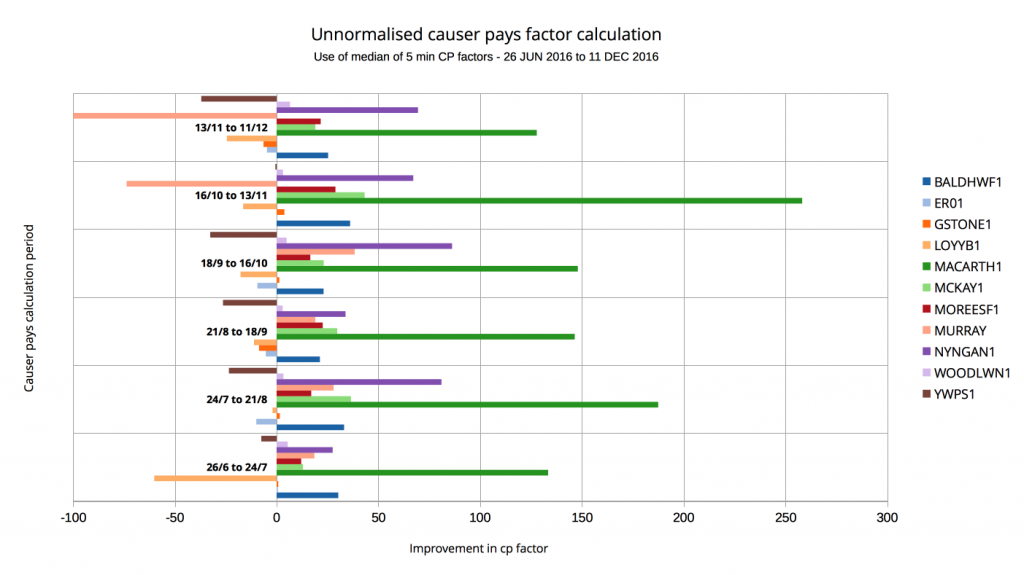
Figure 2 – Improvement in raw CPF using a median calculation
As can be seen in Figure 2, using a median aggregation of 5 minute causer pays factors has led to substantial improvements in the unit CPFs for the wind and solar farms for the selected market units that can be directly attributed to the insensitivity of the CPF to 5 minute CPF outliers.
Poor forecasting leads to large negative CPFs
AEMO needs to forecast the generation from wind and solar farms so that expected levels of generation can be used as an input to the AEMO dispatch process and so that other generators can be dispatched at levels that meet the system forecast demand on a 5 minute dispatch interval basis. The AEMO forecasting systems use as the input to the forecasting system for a particular generator, the number of available generating inputs, measurement of wind or solar resource and the current level of generation.
Unfortunately for many generators, single inputs of the wind or solar resource are not very representative of the performance of a large wind or solar farm spread over a large area or where there are geographical variations resulting in vastly different levels of wind or solar resource across the entire farm.
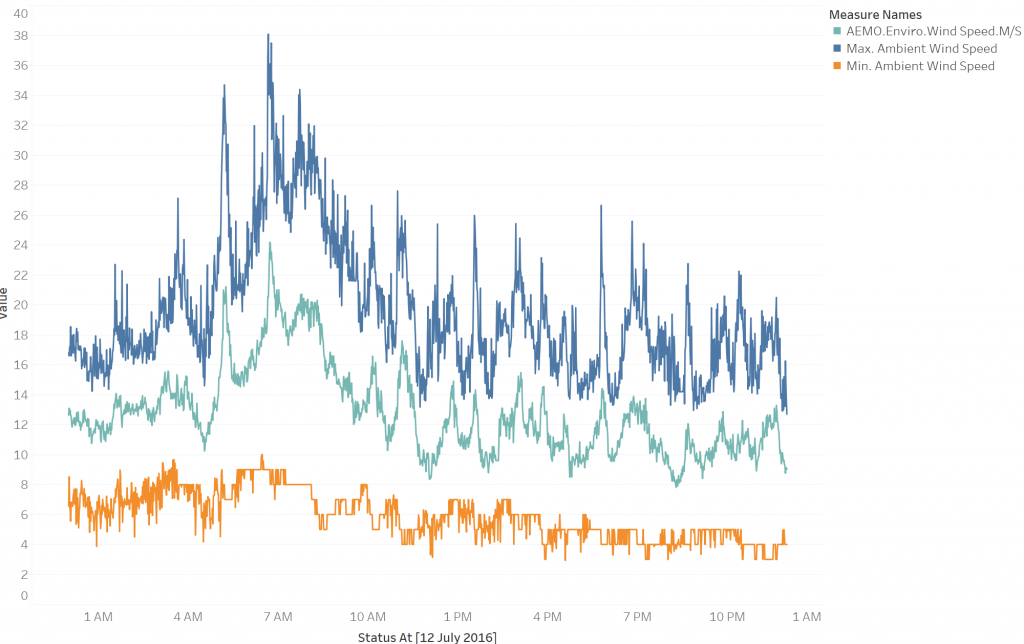
Figure 3 – Large wind farm wind speed range with AWEFS input wind speed
For this example of a large wind farm shown in figure 3, it can be seen that there is a very large variation of wind speeds across all of the turbines and the single wind speed measurement used as the input to AWEFS shown in the middle of the wind speed range is hardly representative of the entire wind farm and does in fact lead to very poor forecasts of wind farm generation.
Also the calculation of the CPFs use the last and current TOTALCLEARED values that for wind and solar farms are the forecast generation, and there is no correction of these values to recorded actual generation. This means that if the forecast generation is significantly wrong for a reasonable period of time, such as predicting generation when the farm is actually not producing any power or when constrained by the distribution system, the CPFs are very large, wrong and they stay wrong.
Poor generation forecasts inevitably lead to large CPF factors and contribute to wind and solar farms getting very poor CPFs in comparison to other generation technologies and therefore wind and solar farms are paying a disportionate proportion of the market FCAS regulation costs. There is a consistent bias in the observed amounts of raise regulation services in the market and also an observed over estimation of wind and solar generation from the AWEFS and ASEFS forecasting systems that results in very large negative (ie. bad) CPFs.
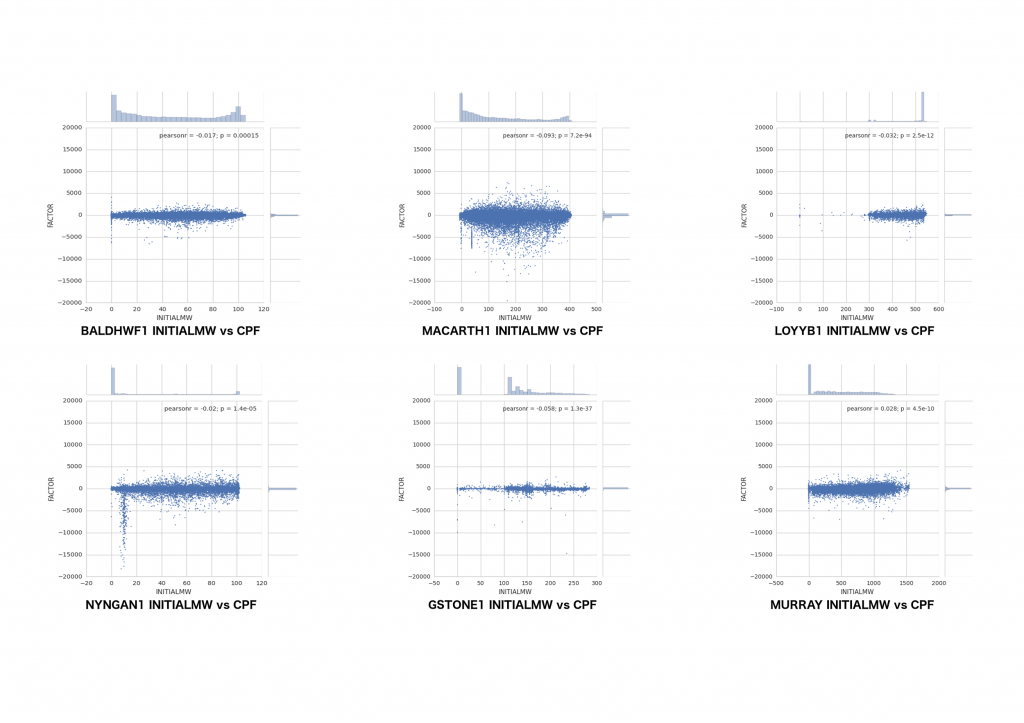
Figure 4 – Distribution of raw CP factor vs generation
Figure 4 shows the distribution of raw CPFs for a range of different generation technologies and it can be easily seen that wind (BALDHWF1, MACARTH1) and solar (NYNGAN1) farms have a large spread of very large CPFs with the presence of extreme outliers compared to coal (LOYYB1, GSTONE1) and hydro (MURRAY) units and at much lower levels of generation. It can also be seen that the CPF distributions for wind and solar farms are asymmetric and biased towards large and hence bad CPFs.
To get an indication of the influence of the AWEFS generation forecasts on the CPFs for wind and solar farms, CPFs were recalculated for a selection of wind and solar farms where the final TOTALCLEARED target was simply replaced by the level of generation at the start of the previous 5 minute dispatch interval. Using the previous INITIALMW generation value as the forecast for the current dispatch interval is a very crude method of state forecasting that can be vastly improved by a more sophisticated form of short term forecasting but as can be seen in the following graph (Figure 5) resulted in a dramatic improvement to the wind and solar farm CPFs.
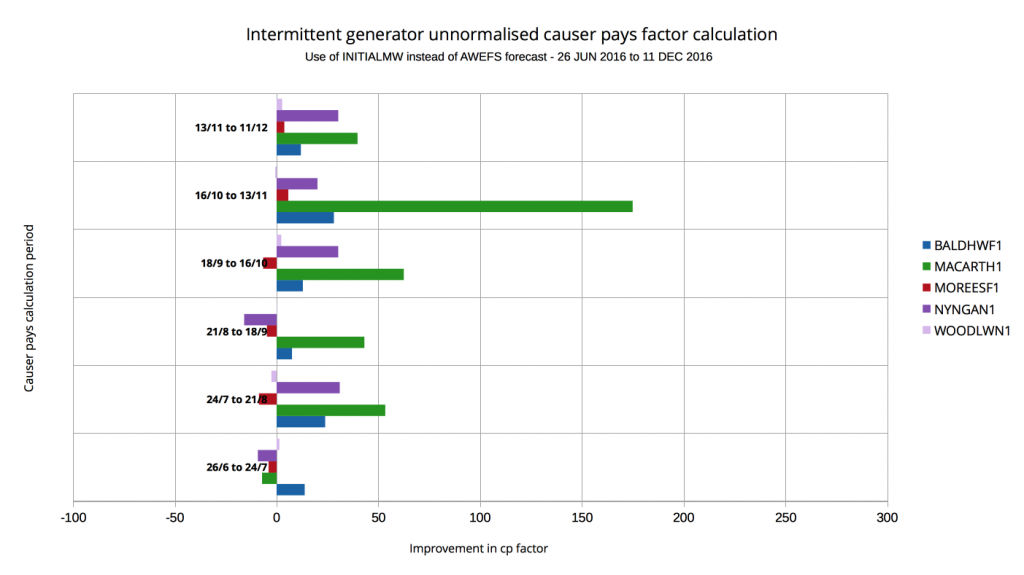
Figure 5 – Change in raw FCAS unit CPFs using INITIALMW as final target
Additional research was conducted into other parts of the CPF calculation such as determining the significance of time lags in the SCADA measurements used in the calculations, the use of different profiles to a linear profile between dispatch levels and other forecasting approaches and the impact of the AEMO forecasting errors was clearly the most important factor in reducing CPFs for wind and solar farms.
A very important outcome from the recent AEMO ECM Consultation process [AEMO 1] is that wind and solar farms will be able to provide AEMO with an internally calculated forecast of 5 minute generation and this initiative received strong industry support. Generator “Estimated Power” forecasts would provide a very effective means for wind and solar farms to substantially reduce their excessive proportion of the cost recovery of NEM FCAS regulation services.
Summary
Wind and solar farms have been unreasonably allocated a disproportionately large part of the NEM FCAS generator regulation service costs that have increased from $5 million to $60 million over the last three years. Simply adapting the dispatched generator CPF formulation for wind and solar farms was inappropriate and ill-considered considering the different dispatch requirements and targets for dispatched versus semi-dispatched generators.
Poor AWEFS and ASEFS forecasts have produced large generation deviations and extreme outlier CPF values that unduly influence the unit CPF by the use of averaging rather than a more appropriate sample representation such as the use of median aggregation.
Implementation of the “Estimated Power” forecast for wind and solar farms is urgently required to address the serious shortcomings of the present AEMO AWEFS and ASEFS systems that are causing excessive financial losses to wind farms who are being charged a disproportionate allocation of the FCAS regulation costs and to help to improve system stability.
References
[AEMO 1] AEMO Forecasting (2016), “WIND AND SOLAR ENERGY CONVERSION MODEL GUIDELINES CONSULTATION – ISSUES PAPER – 2016”, version: 1.0.
[AEMO 2] AEMO Systems Capability (2013), “CAUSER PAYS: PROCEDURE FOR DETERMINING CONTRIBUTION FACTORS”, no: 160-0379, 4.0.
Acknowledgments
This article is based on a submission to the AEMO Causer Pays Procedure Consultation and the full paper can be downloaded from:
http://www.aemo.com.au/Stakeholder-Consultation/Consultations/Causer-Pays-Procedure-Consultation
About our Guest Author
|
|
Dr. Harley Mackenzie is the Managing Director of HARD software that has been operating in the energy industry for nearly 20 years after having worked with Yallourn Energy and completing his Phd on modelling combustion processes.
HARD Software develops technical tools and solutions for trading, generation and retail operations in the Australian NEM and International energy markets as well as providing consulting services in energy, risk management and aviation. His current passions are focussed on reducing the costs of FCAS services for intermittent generators, providing effective wind and solar software tools and developing short term wind and solar forecasting solutions. Email: hjm@hardsoftware.com You can find Harley on LinkedIn here. |


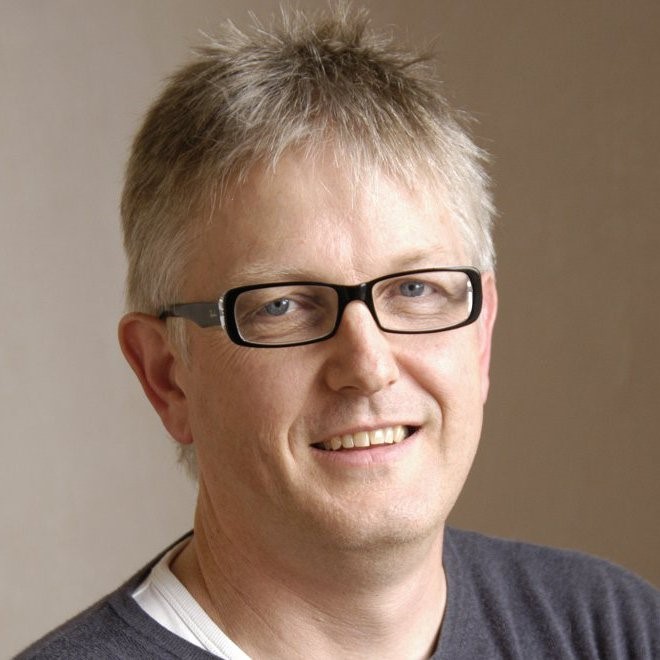
That was one of the harder articles to get through here at watt clarity, for me at least.
While the author concludes that a disproportionate amount of the FCAS costs have been allocated to the wind generators, I would also say that frequency control (FCAS) was not an issue in the past decades before wind generators came alone and made frequency such an issue.
If wind generators brought the problem then they should offset it either as part of their regulatory compliance which would probably mean gas cogeneration at their sites or they should simply pay the lions share for what they have created.
I had never seen so many frequency swings in both directions before wind generators were connected to the grid in quantum.
MrCyberdude
Wind is hardly causing the high requirements and prices for FCAS regulation services. Please see “Fast Frequency Service – Treating the symptom not the cause?” for a technical discussion on how synchronous generation, excessive local requirements and in my article poor AEMO forecasting is much more important than the use of wind as a generation technology. It is simplistic and disingenuous to put the blame on wind generation.
I would add that FCAS became a problem when the synchonous generators relaxed their frequency regulation a few years ago because AEMO penalised one for curtailing when that curtailment was made to assist frequency. So the AEMO decision directly signaled to the market to not prioritise regulating frequency. FCAS goes up. Also aging coal fired generators having problems has increased FCAS. On the other hand Telstra* big battery has reduced FCAS costs.
* Editor’s note – Telsa, not Telstra
thanks for the article and also to the site for assisting a non EE person to gain a little understanding.
Dr Mackenzie, does your comment lead to a requirement to revert to the rules on frequency control that applied prior to 1999 as described in the ” symptoms not cause” article as a first step?
Not necessarily. I do think that there needs to be a rethink about causer pays factors generally, and especially for the intermittent generators but there is some justification for the concept. It is the formulation, where the existing dispatched unit causer pays methodology was simply used for wind and solar without really thinking through all of the implications, that is the issue.
OK thankyou for the response. As a person who worked in continuous manufacturing dependent on steady electricity supply for 36 years I do not understand why govt. would allow mechanisms that reduce stability or reliability either from technical or market aspects.
No need to respond to the comment above, just an observation.
Yours and other articles show that there is much that we as the broader public do not know about how our system operates so please keep up the good work.
Hi Dr Mackenzie – I note the submission concluded with changes. In short, did the changes solve the problem for solar and wind, or are there still other changes to be made?
https://www.aemo.com.au/-/media/files/stakeholder_consultation/consultations/nem-consultations/2018/causer-pays/final-determination—causer-pays-consultation.pdf?la=en&hash=1E9B2333C57273E0DC16034A7DA1F5A3